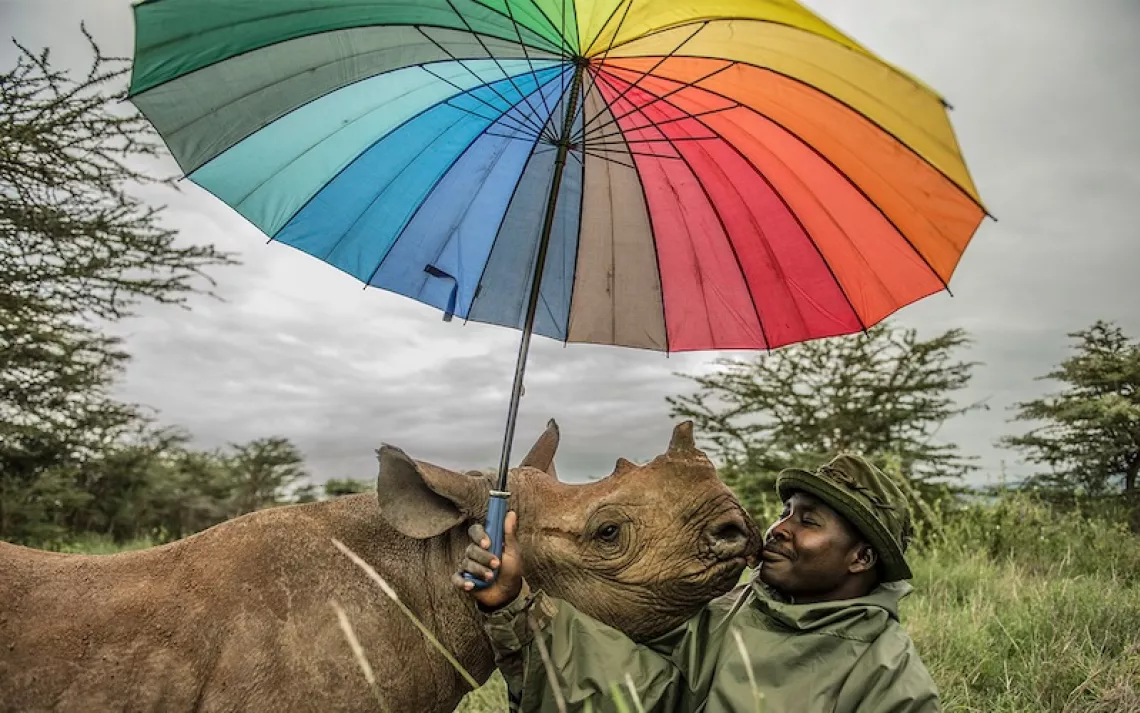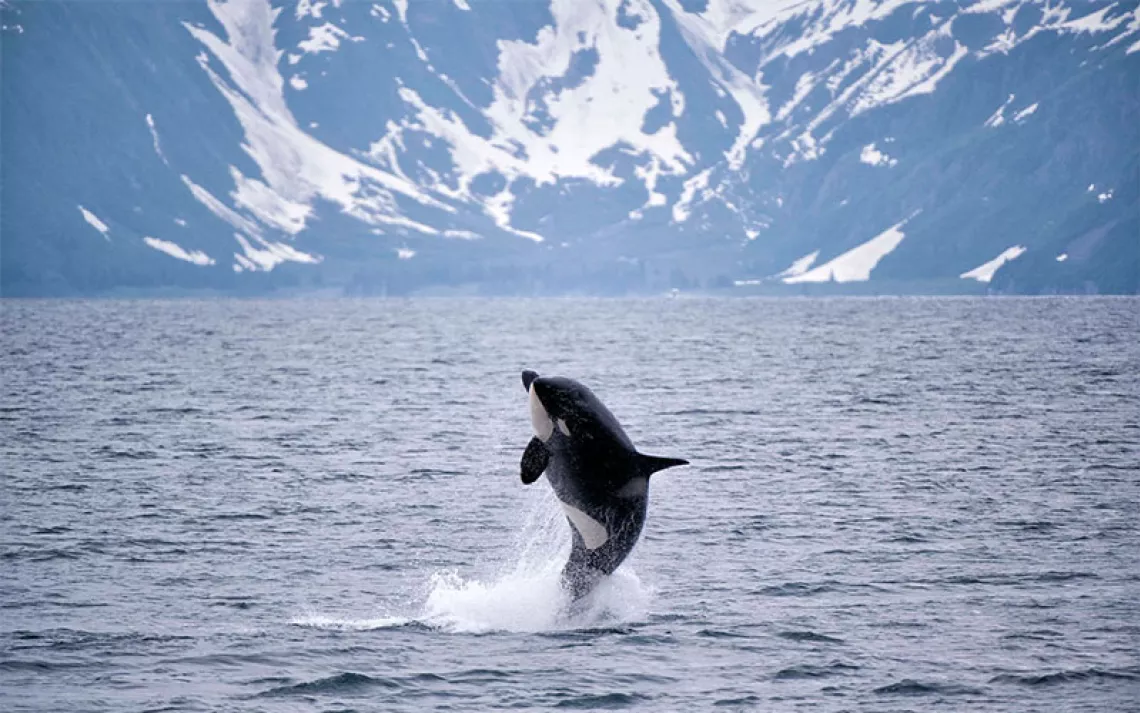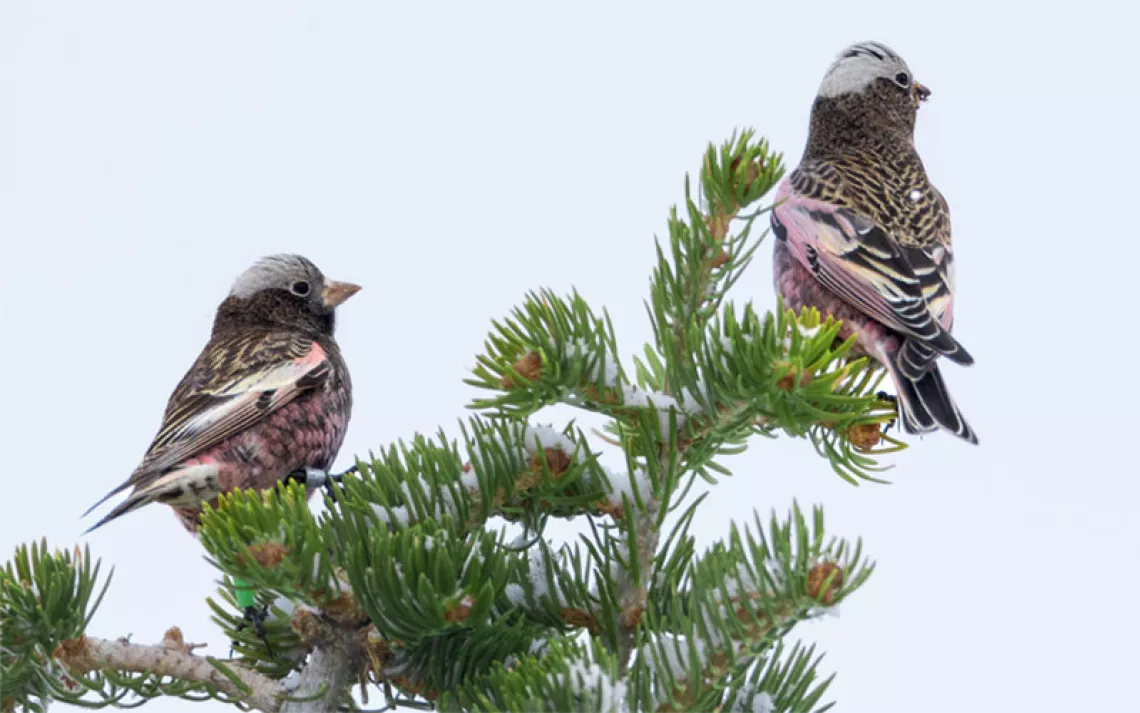The Endangered Species Act Is America's Most Radical Environmental Law
Now we just need federal agencies to effectively enforce it

Once presumed extinct, the black-footed ferret has returned to the wild through captive-breeding and reintroduction programs under the ESA. | Photo by Joel Sartore/Photo Ark
Is there any American environmental law as radical as the Endangered Species Act?
It's more profound than the Organic Act, which gave the country—and really the whole world—the idea of national parks. It's more revolutionary than the Clean Water Act and the Clean Air Act, which safeguard the essential elements of existence. The Wilderness Act—with its sometimes-archaic language, "the earth and its community of life . . . untrammeled by man"—is unmatched in its poetry. Yet even in comparison to that law, the Endangered Species Act is exceptional in its generosity toward other life-forms, its expression of ecological solidarity.
When I wrote radical, I meant the word's original sense, as in connected to the root of things. For the Endangered Species Act seeks to protect the whole tree of life—root, stem, branch, leaf. It defends flora as well as fauna, and the law's authors were explicit that it would cover the whole of the animal kingdom, "any mammal, fish, bird, amphibian, reptile, mollusk, crustacean, arthropod, or other invertebrate." The law is clear-eyed, too, about the causes of extinction: "economic growth and development untampered by concern and conservation." The ESA is a response to such indifference, a gesture of caring rendered, indelibly, into law.
It's been 50 years since the ESA was created, and in those five decades, the law has in many ways been a wild success. As wildlife biologist Carl Safina notes in his celebration of the ESA ("Celebrating a Half Century of America’s Greatest Wildlife Conservation Law"), dozens of species owe their well-being today to the foresight of lawmakers 50 years ago: American alligators, California condors, peregrine falcons, and osprey, and, most famously, bald eagles like the impressive creature that graces our cover. "The ESA says that to exist is important, sufficient for human care and action," Safina writes.
But inspirational ambitions have a way of shipwrecking on the shoals of real life. In her article "What You Pay For," journalist Rachel Nuwer reports that the ESA is confronting something of a midlife crisis. The primary agency tasked with implementing the law, the US Fish and Wildlife Service, is chronically underfunded and spends less than 4 percent of its budget on species recovery. Nearly 100 species are stranded in a kind of legal limbo. While biologists say these species are clearly in danger, the FWS has delayed formal ESA listings, which take, on average, 10 to 12 years. Central elements of the law, like the designation of critical habitat, are "regularly bent or simply ignored," Nuwer reports.
Political meddling is a chronic problem. It's easy enough for federal officials to work to protect species that present few obvious inconveniences to commerce. But when it comes to critters that get in the way of business as usual—like the greater sage grouse, whose habitat overlaps with oil and gas fields and cattle-grazing rangeland—the FWS's backbone always seems to soften. The sage grouse's petition for ESA listing has languished for nearly 25 years; during that time, the bird's numbers have crashed. Old-fashioned power politics handicaps the law's highest principles.
On the ESA's 50th birthday, then, its many accomplishments need to be set alongside the daunting tally of all the species that remain at risk, especially those that rarely appear in glossy photographs: the arroyo toad, the bog turtle, the dwarf wedgemussel, the El Segundo blue butterfly. Protecting the uncelebrated along with the charismatic takes much more than big words on paper. It requires a citizens' movement demanding that elected representatives fund ESA enforcement and insisting that agency officials stand up to those who would put profits before living beings. To keep more species from falling into the abyss of extinction, we'll need to make sure that the radical aspirations of the Endangered Species Act are matched by radical grassroots action.
 The Magazine of The Sierra Club
The Magazine of The Sierra Club






